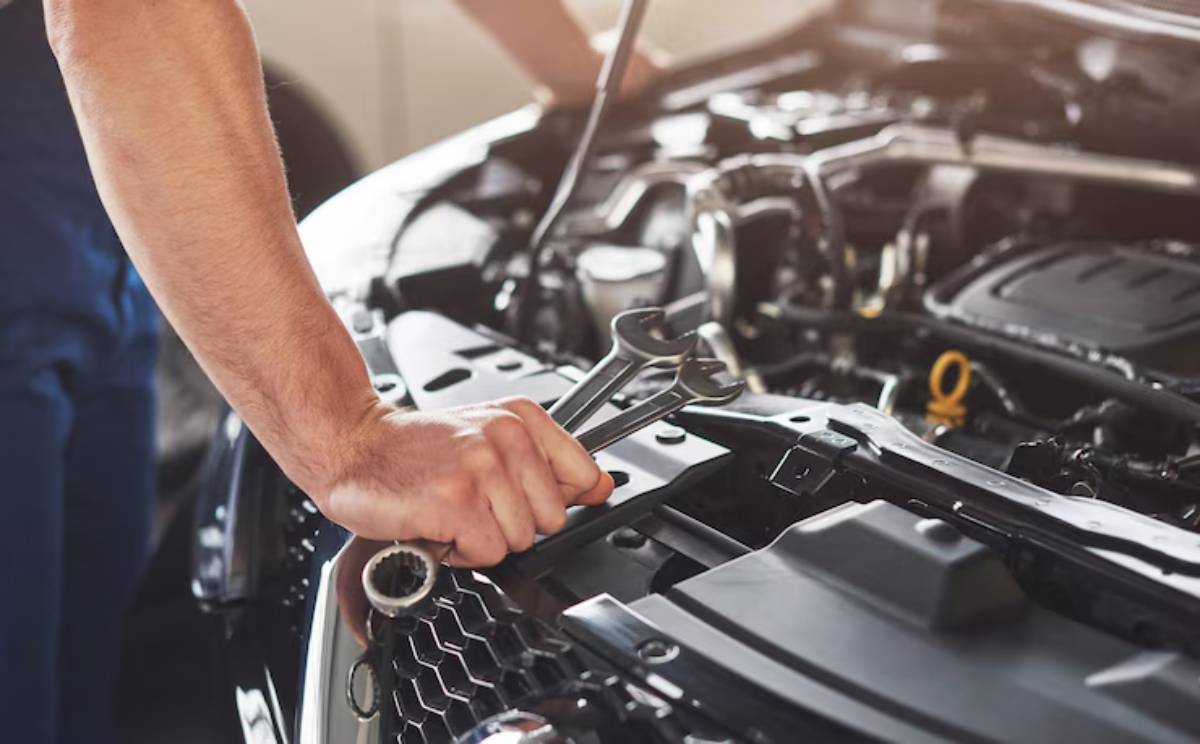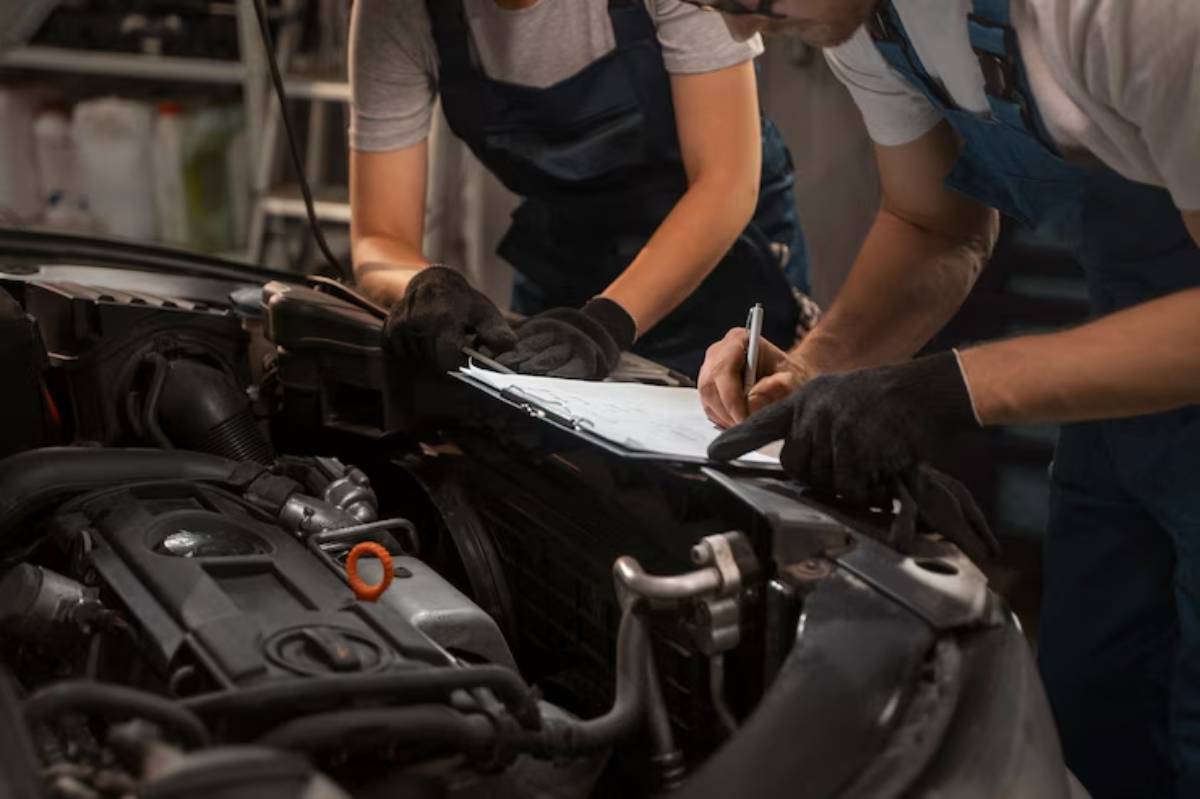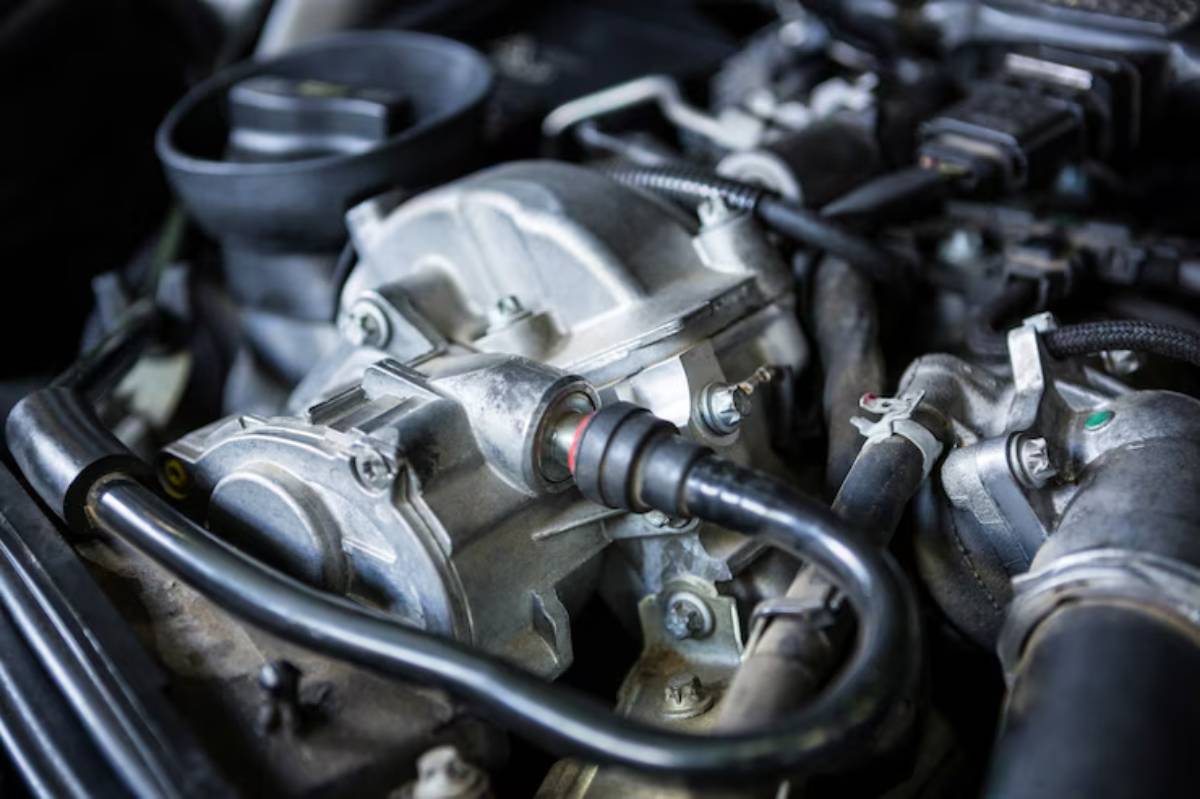
Understanding Hybrid Engine Maintenance Basics
Hybrid cars are no longer a futuristic novelty. They’re a mainstream reality, cruising city streets and motorways alike. If you’ve recently made the switch to a hybrid or are considering it, you’ve probably asked yourself: “Is the maintenance really different from a petrol car?”
The short answer? Yes, but it’s not as daunting as it sounds.
In this guide, we’ll dive into everything you need to know about hybrid engine maintenance, from basic upkeep to long-term care strategies. You’ll learn practical, actionable tips, understand the unique structure of a hybrid engine, and walk away with the confidence to keep your eco-friendly car running smoothly for years.
Ready to become a hybrid hero? Let’s get started.
What is a Hybrid Engine and How Does It Work?

Hybrid engines combine an internal combustion engine (ICE) with one or more electric motors. These motors work together (or separately) to optimise fuel efficiency, reduce emissions, and enhance driving performance.
Key Components of a Hybrid Engine
- Combustion Engine: Usually petrol-powered, this engine kicks in during high-demand situations like motorway driving.
- Electric Motor: Handles low-speed driving and helps start the vehicle from a stop.
- Battery Pack: Stores electric energy and feeds it to the motor.
- Regenerative Braking System: Converts kinetic energy from braking into electrical energy to recharge the battery.
- Power Split Device or Transmission: Balances power delivery from the engine and motor.
These components create a seamless drive but demand a different care routine from conventional cars.
Why Hybrid Engine Maintenance Matters
Hybrid vehicles are often touted as “low maintenance,” and in some ways, that’s true. You’ll typically replace brake pads less frequently and enjoy better fuel economy. But low doesn’t mean none.
Here’s why maintenance still matters:
- Battery longevity: Proper care ensures your battery remains efficient over time.
- Preventative savings: Addressing small issues early can prevent costly repairs.
- Efficiency preservation: Keeping your system clean and optimised preserves fuel efficiency.
Basic Hybrid Engine Maintenance Tasks
Let’s break down the essentials. Even if you’re not mechanically inclined, understanding these basics will empower you to make informed service decisions.
1. Regular Oil Changes
Yes, hybrids still use oil. And though the engine may run less often, it still needs clean oil to operate efficiently.
- Recommended interval: Every 5,000 to 10,000 miles (or annually)
- Pro tip: Use manufacturer-recommended synthetic oil for best results.
2. Coolant Checks
Hybrids have multiple cooling systems—one for the engine and one for the electronics (in many models).
- Tip: Monitor coolant levels monthly.
- Flush: Typically every 50,000 miles, but check your owner’s manual.
For more details on hybrid coolant care, check out How Hybrid Cooling Systems Work.
3. Air Filter Replacements
Filters keep dirt and debris out of your engine and cabin.
- Engine air filter: Replace every 15,000–30,000 miles.
- Cabin air filter: Replace every 12,000–15,000 miles.
4. Spark Plug Maintenance
A hybrid’s combustion engine needs spark plugs just like a regular car.
- Replace: Typically every 60,000 to 100,000 miles.
- Warning signs: Misfires, sluggish acceleration, and reduced MPG.
5. Battery Health Monitoring
Hybrid battery packs can last 8–15 years, but only with good care.
- Symptoms of wear: Reduced fuel economy, strange noises, and dashboard warnings.
- Tip: Run periodic diagnostics and avoid full depletion.
Maintenance Tips for Hybrid Engine Longevity
Want your hybrid to last beyond 200,000 miles? Follow these best practices:
Keep Software Updated
Your car’s performance can often be improved with a simple software update.
- Where to check: Dealerships or approved garages.
- Why: Updates may optimise battery charging algorithms or fix known issues.
Drive Smoothly and Avoid Aggressive Acceleration
Hybrids thrive on steady acceleration and regenerative braking.
- Pro tip: Learn to feather the throttle and coast when possible.
- Benefit: Maximises electric-only driving and reduces engine strain.
Avoid Overloading the Vehicle
Weight affects your fuel economy and your electric motor.
- Tip: Clear out unnecessary items from your boot.
Use the Right Tyres
Low rolling resistance tyres improve fuel economy.
- Inspect: Monthly checks for wear and pressure.
- Replace: With tyres rated for hybrid use where possible.
Signs Your Hybrid Engine Needs Professional Attention

It’s important to know when to call a mechanic. Here are red flags to watch out for:
Dashboard Warning Lights
Don’t ignore them! Modern hybrids include highly sensitive sensors.
- Common alerts: Check engine light, battery alert, hybrid system warning.
- Tip: Use a compatible OBD-II scanner or a hybrid-specific app to investigate.
Unusual Noises or Vibrations
If your quiet ride suddenly gets noisy, something may be off.
- Possible causes: Engine mount issues, battery cooling fan failure, or inverter trouble.
Drop in MPG
A sudden decrease in fuel economy may point to engine, battery, or sensor issues.
- What to check: Air filters, tyre pressure, software updates.
Real-World Scenarios: Hybrid Maintenance in Action
Let’s take a quick look at real-world hybrid care.
Meet Rishi: A Daily Commuter
Rishi drives 60 miles round-trip for work. After six months, he notices decreased MPG. A visit to the garage reveals a clogged engine air filter. Replacing it restored his mileage and avoided long-term damage.
Takeaway: Small maintenance tasks like filter changes matter.
Sophie and Her Family SUV
Sophie’s hybrid SUV started showing a check engine light at 70,000 miles. Turns out the battery cooling fan was clogged with pet hair (thank you, Labrador retriever). Cleaning it out fixed the problem and cost far less than replacing the fan.
Takeaway: Clean your car’s internal components, especially if you have pets.
Hybrid Maintenance Myths Debunked
Let’s clear the air around a few hybrid engine care misconceptions:
Myth 1: Hybrids Don’t Need Oil Changes
False. The combustion engine still requires regular oil changes, just less frequently.
Myth 2: Only Dealerships Can Service Hybrids
Not true. While dealerships are well-equipped, many certified independent garages now specialise in hybrid repairs.
Myth 3: Hybrid Batteries Always Fail Early
Wrong again. With proper care, many hybrid batteries exceed 150,000 miles.
When Should You Service a Hybrid Engine?
Refer to your owner’s manual, but here’s a general rule of thumb:
| Component | Service Interval |
| Engine Oil | 5,000–10,000 miles |
| Air Filter | 15,000–30,000 miles |
| Coolant | 50,000 miles |
| Spark Plugs | 60,000–100,000 miles |
| Battery Check | Annually |
For deeper planning, explore our article on How Often Should You Service a Hybrid Engine?
Common Mistakes to Avoid with Hybrid Engine Care
- Skipping software updates: Ignoring them can reduce efficiency.
- Neglecting brake service: Even though they last longer, they still need attention.
- Mixing fluids: Always use hybrid-safe coolants and oils.
- Ignoring signs of wear: Address early to save on big repairs.
Conclusion: Your Hybrid Deserves Smart, Consistent Care

Owning a hybrid is a smart move, both environmentally and financially. But like any piece of advanced technology, it rewards those who treat it well.
From routine oil changes to smart driving habits, hybrid engine maintenance doesn’t have to be overwhelming. With this guide and regular check-ups, you’re set for years of smooth, efficient motoring.
Now it’s your turn. Got any personal tips or hybrid hacks to share? Drop them in the comments! And if you found this guide helpful, share it with a fellow hybrid owner or subscribe to get more practical car care content delivered to your inbox.


